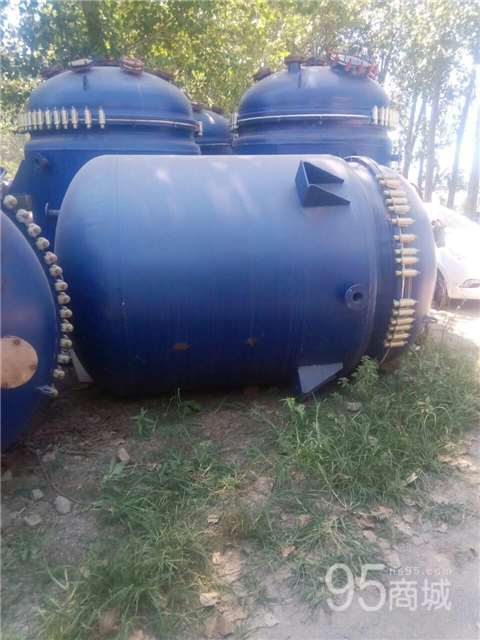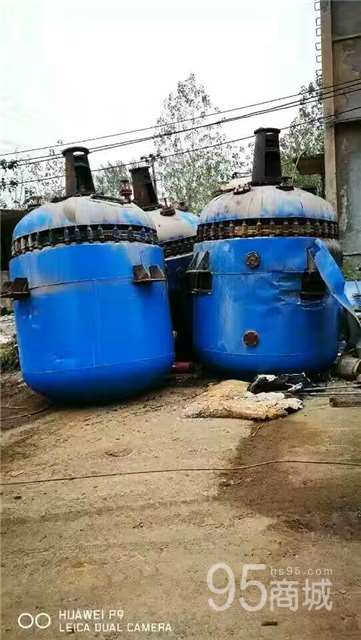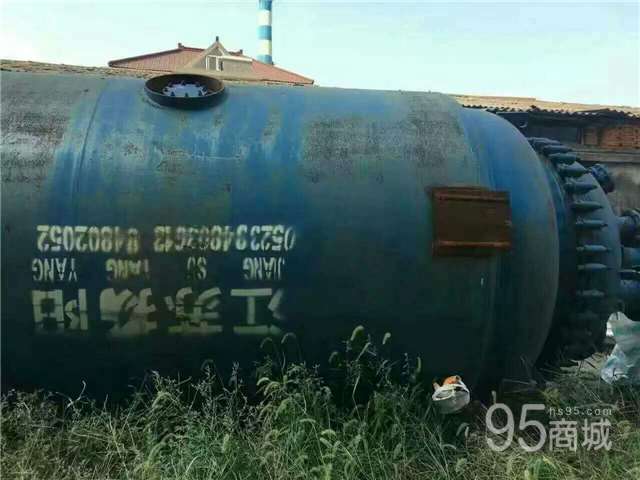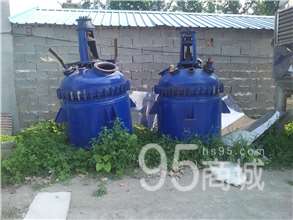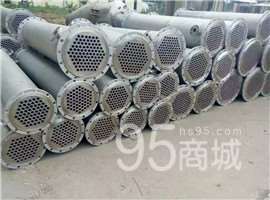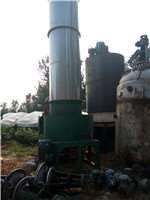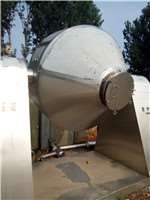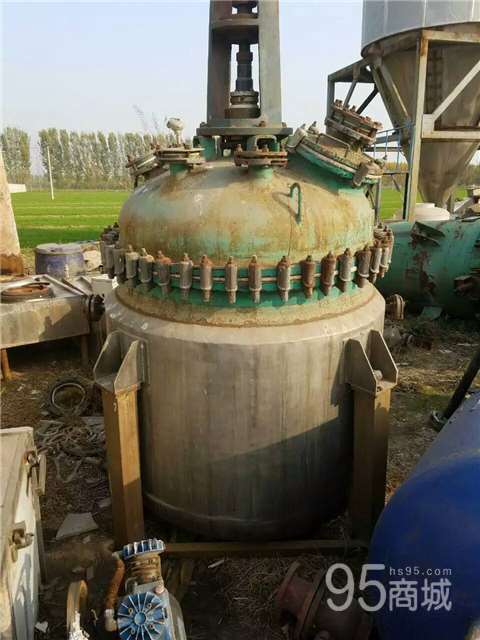







The second-hand 10t stainless steel reactor is a comprehensive reaction vessel. According to the reaction conditions, the structure, function and accessories of the reactor are designed. The pre-set reaction steps can be completed with a high degree of automation from the beginning of feed reaction discharge, and the important parameters such as temperature, pressure, mechanical control (stirring, blowing, etc.), reactant / product concentration and other important parameters in the reaction process can be strictly controlled. Second hand 10 tons of stainless steel reactor materials are generally carbon manganese steel, stainless steel, zirconium, nickel based (Hastelloy, Monel) alloy and other composite materials. The reactor can be made of SUS304, SUS316L and other stainless steel materials. The agitators are anchor type, frame type, paddle type, turbine type, scraper type and combined type. The rotating mechanism can be cycloid pinwheel reducer, stepless speed reducer or frequency conversion speed regulation, which can meet the special reaction requirements of various materials. The sealing device can adopt mechanical seal, packing seal and other sealing structures. It can meet the requirements of high-temperature heating, chemical resistance, chemical heating, chemical heating, heating, heating, heating, heating, heating, heating, heating, heating, heating, heating, heating, heating, heating, heating and cooling Mixed function. Then, the pressure requirements in the reaction process have different requirements on the design of the vessel. Production must be in strict accordance with the corresponding standards of processing, testing and trial operation. According to different production processes and operating conditions, stainless steel reactors have different design structures and parameters, that is, different structural styles of reactors, which belong to non-standard vessel equipment. Stainless steel reactor is widely used in petroleum, chemical, rubber, pesticide, dye, medicine, food and other production-oriented users and various scientific research and experimental projects. It is used to complete hydrolysis, neutralization, crystallization, distillation, evaporation, storage, hydrogenation, alkylation, polymerization, condensation, heating and mixing, constant temperature reaction and other technological processes.

